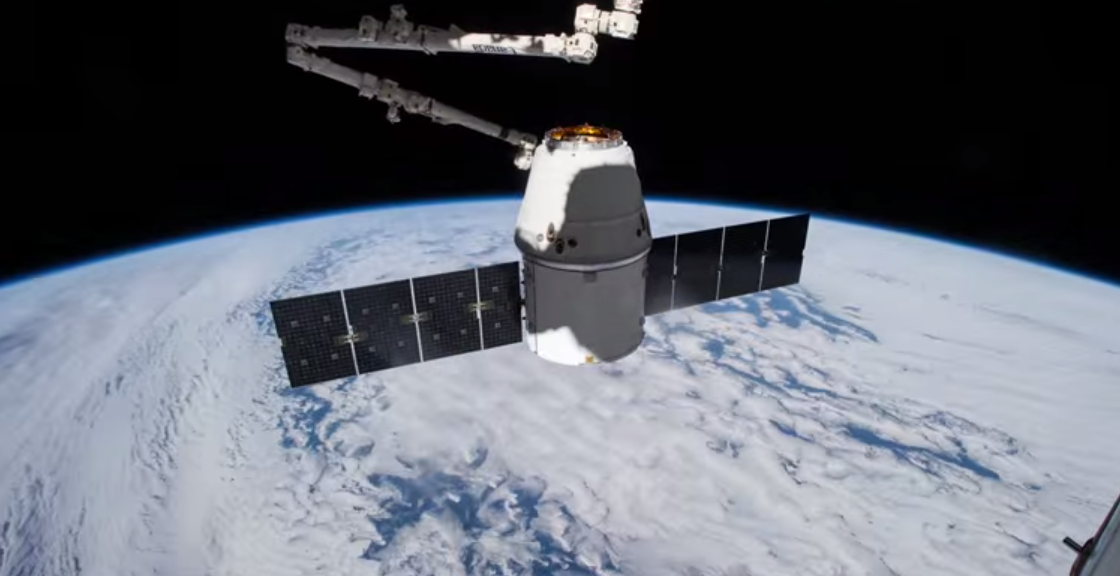A German astronaut, Alexander Gerst, created a spectacular high-resolution time-lapse video showing what our planet looks like from the International Space Station (the video is embedded below for viewers to watch).
Gerst came back from the ISS in November after his six-month expedition working as a flight engineer.
However, engineering wasn’t the only work that the he was doing at the ISS. He also had time to set up cameras and take 12,500 images out of the windows of ISS and put them together into a time-lapse video that shows a range of breathtaking events from violent storms to auroras.
He was on the ISS for 166 days, from May 2014 to November 2014. The 4K resolution images taken, compiled into a video, has produced incredible insight into the daily changes of our planet and its atmosphere.
“Seen from a distance, our planet is just a blue dot, a fragile spaceship for humankind. We need to understand the universe we live in to protect our home,” said Gerst.
The International Space Station, launched in 1998, is an artificial satellite located in low-Earth orbit (LEO). It is currently the largest artificial body in orbit (orbiting around Earth at a speed of 17,000 miles per hour). It is a collaborative project between the United States and Russia.
The satellite is 239 feet long, 66 feet tall, and 356 wide.

Watch the time-lapse video “Alexander Gerst’s Earth timelapses”
Watch Earth roll by through the perspective of ESA astronaut Alexander Gerst in this six-minute timelapse video from space. Combining 12 500 images taken by Alexander during his six-month Blue Dot mission on the International Space Station this Ultra High Definition video shows the best our beautiful planet has to offer.
Marvel at the auroras, sunrises, clouds, stars, oceans, the Milky Way, the International Space Station, lightning, cities at night, spacecraft and the thin band of atmosphere that protects us from space.
